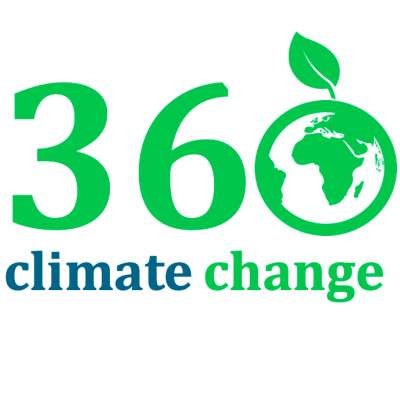(May 2016) What Is Carbon Neutral and Biofuels | Environmental Chemistry | Chemistry | FuseSchool
Learn the basics about carbon neutral and biofuels, as a part of environmental chemistry.
Coal, oil, natural gas, shale gas and gas from fracking are fossil fuels formed hundreds of millions of years ago from living things that got trapped by layers of sediment before they had time to decompose.
Humans have been burning fossil fuels for about 300 years. As a result the amount of carbon dioxide in the atmosphere has kept on rising. So we need to replace them with an energy supply that does not put extra carbon dioxide into the atmosphere.
Firewood is the oldest bio-fuel mankind has used, now we have biogas, gasohol and many more. Carbon dioxide is produced when these burn, but as long as the trees and plants are allowed to re-grow, burning them simply helps carbon on its way round its natural cycle
What is biogas? If we collect the faeces from humans and farm animals and place them in a ‘digester’ we can mimic what happens in a cow’s intestine, and we get biogas. There are many such digesters in use all round the world, where the gas is used for cooking and lighting and the remains are a rich fertiliser. Biogas digesters are used in most sewage works where the methane is burnt to generate electricity.
Another example of biofuel is agricultural waste for example wheat straw. Nowadays we are growing crops especially to use as a fuel. In Brazil sugar from sugar cane is fermented to make alcohol ‘gasohol’ to fuel their cars. In Europe and USA vegetable oil is made into fuel for diesel engines. When these fuels are burnt the carbon returns to the atmosphere ready to be used again the next year when the crops grow again, which explains why these fuels are called carbon-neutral.
However, these are not all good. Growing bio-fuel crops uses large amounts of fossil fuel for fertilisers and manufacturing; and it uses large areas of agricultural land needed for food production.
There is hope however: scientists are trying to grow oil-rich algae using seawater and sunshine. This does not use valuable agricultural land and needs no fertilisers.
SUBSCRIBE to the Fuse School YouTube channel for many more educational videos. Our teachers and animators come together to make fun & easy-to-understand videos in Chemistry, Biology, Physics, Maths & ICT.
JOIN our platform at [a]www.fuseschool.org[/a]
This video is part of 'Chemistry for All' - a Chemistry Education project by our Charity Fuse Foundation - the organisation behind FuseSchool. These videos can be used in a flipped classroom model or as a revision aid. Find our other Chemistry videos here:
https://www.youtube.com/playli....st?list=PLW0gavSzhMl
Twitter: https://twitter.com/fuseSchool
Access a deeper Learning Experience in the Fuse School platform and app: [a]www.fuseschool.org[/a]
Follow us: http://www.youtube.com/fuseschool
Friend us: http://www.facebook.com/fuseschool
This Open Educational Resource is free of charge, under a Creative Commons License: Attribution-NonCommercial CC BY-NC ( View License Deed: http://creativecommons.org/licenses/by-nc/4.0/ ). You are allowed to download the video for nonprofit, educational use. If you would like to modify the video, please contact us: info@fuseschool.org










